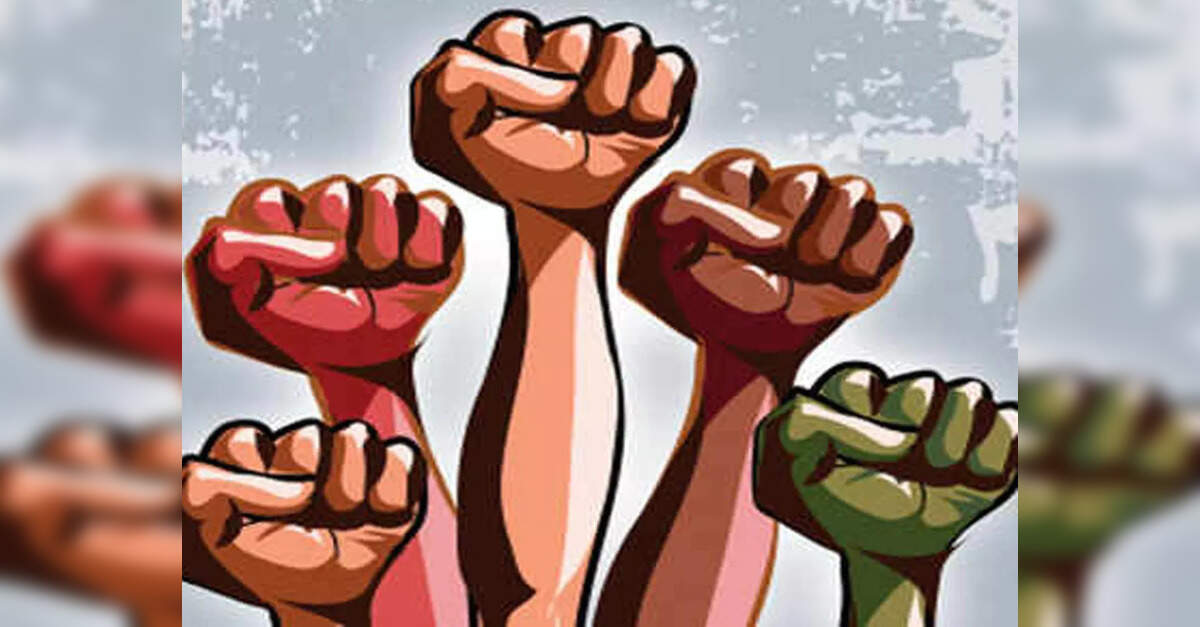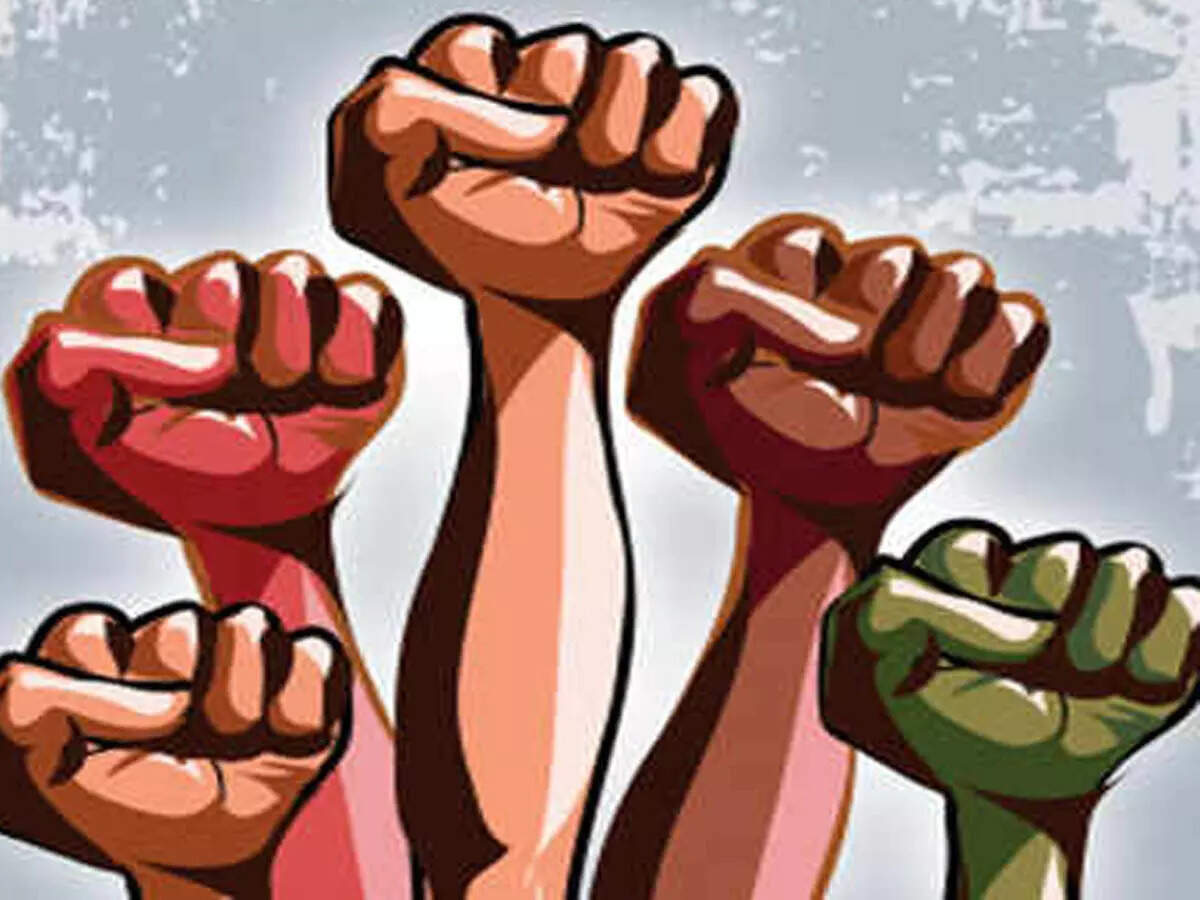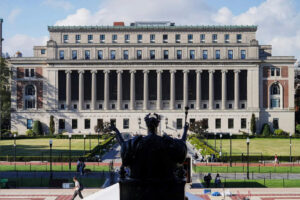
Madagascar’s main university: ruin and revolt, ETEducation

There was a stagnant puddle in the hallway of the university residence that opened only two years ago, but the rainy season had not yet started in Madagascar.
“Come see our dormitories,” student Ulric Sambizafy offered at one of a wave of protests that have rocked the Indian Ocean island nation since September 25.
Trash floated in an open-air wastewater drain two metres (6.5 feet) from his back door.
“During the rainy season, we’ll have sewage up to here,” said the 24-year-old master’s student in renewable energy, pointing to his mid-calf. “That’s what justifies our revolt,” he told AFP.
Originally from eastern Madagascar, Sambizafy is among the educated Malagasy youth swelling the ranks of the Gen Z movement behind the protests that led President Andry Rajoelina to dismiss his entire government on September 29.
The building in Ankatso, a neighbourhood in the capital Antananarivo, was only opened in 2023 but cracks and leaks reveal major construction defects.
There is also only one working shower for eight residents. The shared toilet does not flush so students clear it by filling buckets in the courtyard, where the sounds of French rapper MHD echo.
– ‘They ignore the youth’ –
“Malagasy youth are ignored since the children of this country’s leaders don’t study at the University of Antananarivo but rather in Bordeaux, MIT, Harvard, and all those places,” Sambizafy said.
The protests were ignited by anger over frequent and lengthy cuts to power and water in one of the world’s poorest countries and evolved into an outpouring of anger against the government.
Rajoelina promised Tuesday to “take a close look” at the conditions of Madagascar’s youth, especially university students and their housing.
With the newly named prime minister, Major General Ruphin Fortunat Dimbisoa Zafisambo, he would build a university that meets the needs of all students, he said.
Sambizafy scoffed. “There’s a Malagasy proverb that says, ‘You haven’t finished what’s on your plate, but you already want what is in the pot,'” he said, lowering the flame on the stove to stop a pot of rice from boiling over.
These dorms were not the worst student lodgings in the Ankatso university district, the heart of the protest movement and also the cradle of 1972 protests that led to the ousting of Madagascar’s first president after its independence from France in 1960.
The neighbouring yellow four-storey building, meant to accommodate 400 but holding many more, was even more dilapidated.
It was opened about 10 years ago but none of the older residents remember the plugs or taps in the communal kitchen ever working.
“It’s used as a garage for scooters,” said Polytechnic student Iandoharilala Rakotondrina, 30, pointing to a pair of two-wheelers parked in the first-floor room.
In the bathrooms and laundry on the third floor, barely a trickle of water came out the taps because of a lack of pressure.
On the wall, a sheet of paper listed a student cleaning schedule but some toilets were beyond maintenance, the lack of water adding to a state of ruin.
“We’re literally living in filth,” said Rakotondrina on a tour permeated by the powerful stench of urine.
– Mattresses on the floor –
As there are not enough rooms to accommodate students from outside the capital, six students were squeezed into Ezechiel Ledy’s dorm meant for four.
It is not unusual for students to share a bed or put mattresses on the floor of the rooms, which measure just 18 square metres (194 square feet).
The fuse box was burnt out and clothes dried on wire stretched across the stairwell.
A student offered barber services in front of a broken mirror for 2,000 ariary a haircut, less than 0.40 euros and half of the cost in the city.
“Young Malagasy people are very good at adapting to all conditions,” said Ledy, a second-year master’s student.
“Maybe that’s why the leaders think it’s not worth helping them.”
clv/fal/br/gv
Source link



